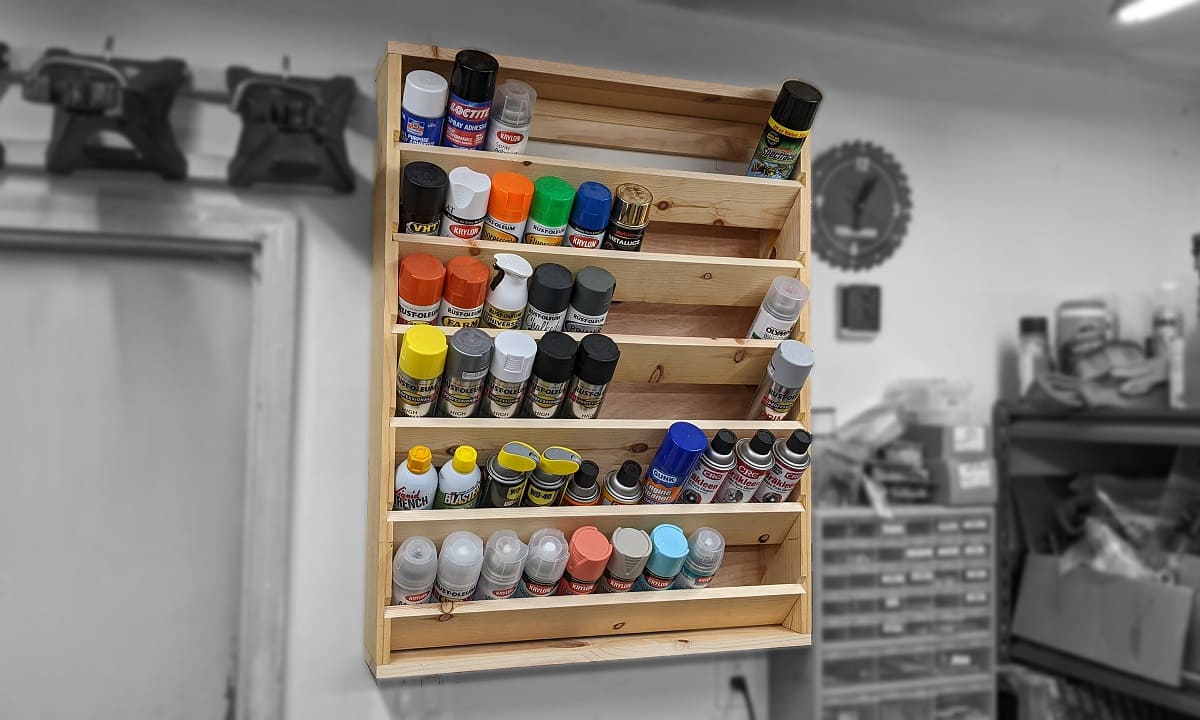

Articles
How To Store Spray Paint Cans
Modified: January 18, 2024
Learn the best techniques for storing spray paint cans in this informative article. Keep your paint cans organized and extend their shelf life with these essential tips.
(Many of the links in this article redirect to a specific reviewed product. Your purchase of these products through affiliate links helps to generate commission for Storables.com, at no extra cost. Learn more)
Introduction – Overview of the Importance of Proper Storage for Spray Paint Cans
Spray paint cans are a versatile and convenient tool for various painting projects, whether it’s adding a pop of color to your home decor or tackling a DIY project. However, it’s essential to understand the significance of proper storage for spray paint cans to ensure their longevity and maintain their quality.
Proper storage not only prolongs the shelf life of spray paint cans but also helps prevent potential hazards and maintain their effectiveness. In this article, we will explore the importance of storing spray paint cans correctly and provide practical tips to keep them organized and safe.
One of the primary reasons for proper storage is to follow the manufacturer’s guidelines. Each spray paint can comes with specific instructions on how to store it safely. By adhering to these guidelines, you can prevent potential dangers and maintain the quality of the paint. It’s essential to read and understand the instructions provided by the manufacturer before storing your spray paint cans.
In addition to following the manufacturer’s guidelines, it is crucial to consider safety precautions when storing spray paint cans. Proper ventilation is necessary to prevent the accumulation of volatile compounds that are commonly found in spray paint. A well-ventilated storage area helps minimize the risk of health issues and ensures the safety of your surroundings.
When handling spray paint cans during storage, it’s important to wear protective gear, such as gloves and goggles, to protect yourself from any potential harm. Spray paints contain chemicals that can be harmful if they come into contact with the skin, eyes, or are inhaled. By wearing appropriate protective gear, you can minimize the risk of accidents and injuries.
Improper storage of spray paint cans can pose various hazards and risks. For example, storing cans that are past their expiration date or have been damaged can lead to leaks, pressurized can bursts, or even explosions. By ensuring proper storage, you can reduce the likelihood of these hazardous situations and minimize the potential risks.
Choosing the right storage space is crucial for the longevity and quality of spray paint cans. Adequate space is necessary to prevent cans from being stacked or squeezed tightly together, which can cause damage to the cans or impact their performance. Consider the amount of spray paint cans you own and allocate enough space to accommodate them comfortably.
When selecting a storage area, it’s important to consider temperature and humidity conditions. Extreme temperatures, whether too hot or too cold, can affect the quality and performance of spray paint. Additionally, high humidity levels may cause moisture build-up, leading to rust or corrosion on the cans. Choose a storage space that provides stable temperature and humidity levels to ensure the longevity of your spray paint cans.
Key Takeaways:
- Proper storage of spray paint cans is crucial for maintaining their quality and safety. Adhering to manufacturer’s guidelines, ensuring proper ventilation, and choosing the right storage space are essential for longevity and effectiveness.
- Organizing spray paint cans based on color, type, or brand, and utilizing labels and marking systems enhances organization and accessibility. Proper placement, securing, and maintenance practices are vital for a safe and efficient storage space.
Read more: How To Store Spray Paint
Safety Precautions – Importance of Reading and Following the Manufacturer’s Guidelines
When it comes to storing spray paint cans, one of the most critical safety precautions is reading and following the manufacturer’s guidelines. Each spray paint can comes with specific instructions on how to store it safely, and it is essential to adhere to these guidelines to prevent any potential risks or hazards.
The manufacturer’s guidelines typically include information on the recommended storage temperature range, storage duration, and any specific considerations for the type of paint contained in the spray can. By following these instructions, you can ensure that the paint remains in optimal condition and retains its effectiveness when you are ready to use it.
Proper Ventilation and Handling of Spray Paint Cans
Another crucial safety precaution when storing spray paint cans is ensuring proper ventilation in the storage area. Spray paint contains volatile compounds that can release potentially harmful fumes. Adequate ventilation helps remove these fumes and prevents the accumulation of hazardous gases, protecting your health and safety.
When handling spray paint cans, whether during storage or actual use, it is essential to do so in a well-ventilated area or under a ventilation system. This helps to minimize the inhalation of potentially harmful aerosols and ensures the proper dispersion of any fumes or gases that may be released.
Protective Gear to Consider When Storing Spray Paint Cans
Wearing appropriate protective gear when storing spray paint cans is another important safety precaution. The chemicals found in spray paint can be harmful if they come into contact with your skin, eyes, or are inhaled. Therefore, it is crucial to wear protective gear to prevent any potential risks or accidents.
When handling spray paint cans, it is recommended to wear gloves to protect your hands from direct contact with the chemicals. Additionally, wearing goggles can prevent any accidental splashes or spills from getting into your eyes. If you are working in an area with inadequate ventilation, consider wearing a respirator or mask to protect yourself from inhaling fumes or aerosols.
Potential Hazards and Risks Associated with Improper Storage
Improper storage of spray paint cans can pose various hazards and risks. One of the significant risks is the potential for can leakage or bursts, especially if the cans are damaged, expired, or subjected to extreme temperature changes. Leaking cans can cause damage to other stored items or even pose a fire hazard, particularly if they come into contact with a spark or flame.
Storing spray paint cans in areas with high temperatures can cause them to overheat, leading to pressure build-up within the can. This pressure can eventually cause the can to burst, resulting in potentially dangerous situations. Moreover, if the cans are stored in direct sunlight or exposed to extreme temperatures, the quality and effectiveness of the paint may be compromised.
Another risk of improper storage is the potential for nozzle clogging. Spray paint cans can become clogged if they are not stored properly or if debris enters the nozzle. This can result in uneven spray patterns or even render the can completely unusable.
By understanding and following the manufacturer’s guidelines, ensuring proper ventilation and handling, utilizing protective gear, and avoiding improper storage practices, you can minimize these risks and ensure the safe and effective storage of your spray paint cans.
Choosing the Right Storage Space – Adequate Space Requirements for Storing Spray Paint Cans
When it comes to storing spray paint cans, one of the key considerations is ensuring adequate space for their storage. Proper spacing between cans is essential to prevent damage and ensure easy accessibility.
Allowing sufficient space between each can helps to prevent accidental spills or knocks that can cause cans to fall or get damaged. It also ensures that air can circulate freely around the cans, preventing excessive heat build-up and potential pressure build-up.
Consider the number of spray paint cans you have and allocate enough space to store them comfortably without cramming them together. If space is limited, you may need to consider alternative storage solutions or declutter your paint collection to create additional room.
Temperature and Humidity Considerations
Temperature and humidity are crucial factors to consider when choosing a storage space for spray paint cans. Extreme temperatures can degrade the quality and effectiveness of the paint, while high humidity levels can lead to moisture build-up and potentially cause rust or corrosion on the cans.
Optimal storage temperature for spray paint cans typically ranges between 50°F (10°C) and 80°F (27°C). Storing cans in a space with temperatures outside of this range may affect the consistency and performance of the paint. It’s important to avoid storing cans in areas prone to extreme temperature fluctuations, such as near windows or heaters.
In addition to temperature, humidity levels should be kept relatively low to prevent moisture damage. Aim for a humidity range between 40% and 60% to minimize the risk of rust or corrosion on metal cans. If you live in an area with high humidity, consider using dehumidifiers or moisture-absorbing products in the storage area.
Storage Options Such as Cabinets, Shelves, or Designated Areas
There are various storage options available for organizing and storing spray paint cans. The choice of storage solution depends on the available space, personal preference, and the number of cans you have.
Cabinets or lockable storage units provide an excellent option for keeping spray paint cans neatly organized and protected from potential damage or spills. Cabinets with adjustable shelves allow for customization and can accommodate cans of different sizes.
Shelves are another popular option for spray paint storage. They offer easy visibility and accessibility to the cans. Utilize sturdy shelves that can support the weight of the cans and ensure that the cans are secure and not at risk of falling or tipping over.
In some cases, you may designate a specific area in your workspace or garage for storing spray paint cans. It could be a dedicated section on a workbench or a designated shelf. This approach allows for easy access and ensures that the cans are stored in a centralized and organized manner.
Remember to keep the storage area clean and free from clutter to prevent any potential hazards or accidents. Regularly inspect the storage area to ensure that it remains in good condition and make any necessary adjustments to ensure the proper storage of your spray paint cans.
Organizing Spray Paint Cans – Categorizing Based on Color, Type, or Brand
When it comes to organizing spray paint cans, one effective method is to categorize them based on color, type, or brand. This categorization system not only helps in finding specific cans quickly but also ensures easy access and efficient organization.
Start by grouping your spray paint cans based on their colors. Organizing them in this way allows you to easily locate the right color for your project without having to sift through multiple cans. You can arrange them in a rainbow order or group similar shades together, depending on your preference.
In addition to color, categorizing by type is another helpful approach. Some common types of spray paint include matte, glossy, metallic, or specialty finishes like primers or clear coats. By grouping cans by type, you can quickly determine which one is suitable for your specific painting needs.
Lastly, organizing spray paint cans by brand is beneficial if you have a preference for certain manufacturers or rely on specific brands for their quality and performance. This categorization allows you to easily identify and access your preferred brands when needed.
Read more: How To Spray Paint A Fence
Utilizing Labels and Marking Systems for Easy Identification
Labels and marking systems play a crucial role in organizing spray paint cans. They provide clear identification and ease the process of finding the desired cans among the collection.
Consider using labels to mark each can with relevant information, such as the color, type, brand, or even project names. Labeling the cans ensures that you can quickly locate and select the desired can without confusion or wasting time.
Additionally, you can employ color-coded systems to further enhance the organization. Assign specific colors or color combinations to different categories, such as color families or types, using colored dots, stickers, or tape. This system allows for quick visual identification and helps streamline the spray paint selection process.
An alternative to labels is using markers or paint pens to directly mark the tops or sides of the spray paint cans. You can write or draw symbols or initials to indicate the color, type, or brand. Just make sure the marking is clear and doesn’t interfere with the functionality of the can.
Considerations for Arranging Cans to Optimize Accessibility
Arranging your spray paint cans in a way that optimizes accessibility is essential for a well-organized storage system. Consider the following considerations when arranging your cans:
Firstly, keep the frequently used colors or types easily accessible. Place them in the front row or on the most accessible shelf so that you can grab them quickly when needed. Less frequently used cans can be arranged towards the back or on higher shelves.
When organizing the cans on shelves or in cabinets, ensure they are arranged in a stable and secure manner. Avoid stacking cans too high to prevent them from falling or causing an avalanche when retrieving a can. Use risers or shelf dividers to create separate compartments and prevent cans from toppling over.
Consider the size and weight of the cans when arranging them. Larger or heavier cans should be positioned at the bottom or on sturdier shelves to avoid any potential accidents or structural damage.
Lastly, periodically review and rearrange your spray paint collection to accommodate new cans or changes in usage patterns. Regular maintenance ensures that your storage system remains efficient and organized over time.
By categorizing your spray paint cans, utilizing labels and marking systems, and arranging cans strategically, you can create an organized and accessible storage system that simplifies the paint selection process and enhances your overall painting experience.
Store spray paint cans in a cool, dry place away from direct sunlight and heat sources. Keep them upright and make sure the caps are tightly closed to prevent leaks.
Proper Placement and Positioning – The Significance of Storing Spray Paint Cans Upright
When it comes to storing spray paint cans, one of the most important considerations is keeping them upright. Storing cans in an upright position has several benefits that help maintain the quality and safety of the paint.
Firstly, storing spray paint cans upright prevents the paint from settling or separating inside the can. Some spray paints contain pigments or other additives that can settle over time if the can is stored upside down or at an angle. Keeping the can upright ensures that the paint remains well-mixed and ready for use whenever you need it.
Additionally, storing cans upright minimizes the risk of leaks, spills, or accidents. When cans are stored on their sides or upside down, there is a higher likelihood of the nozzle becoming clogged or the can developing weak spots that can lead to leakage. By storing the cans upright, you can prevent these issues and avoid messy spills or wasted paint.
Avoiding Exposure to Extreme Temperatures or Direct Sunlight
Another crucial consideration in proper placement and positioning of spray paint cans is avoiding exposure to extreme temperatures or direct sunlight.
Extreme temperatures can have adverse effects on spray paint. High temperatures can cause the aerosol inside the can to expand, potentially leading to increased pressure and even the risk of the can bursting. On the other hand, freezing temperatures can cause the paint to separate or spoil. It is important to store spray paint cans in temperature-controlled environments within the recommended storage temperature range specified by the manufacturer.
Additionally, exposure to direct sunlight can also damage spray paint cans. UV rays can cause the paint to fade or change color over time, affecting its aesthetic appeal and performance. It’s best to store cans in a dark or shaded area, away from direct sunlight, to preserve the quality of the paint.
Read more: How To Store Paint Cans
Preventing Accidental Falls or Spills by Securing Cans Properly
Properly securing spray paint cans is crucial to prevent accidental falls or spills that can lead to waste, damage, or potential hazards. Taking the necessary precautions to secure the cans ensures a safe and organized storage space.
One effective way to secure the cans is by using storage racks or shelves with edges or barriers that prevent the cans from sliding or tipping over. This can help minimize the risk of cans falling and potentially causing injuries or spills.
If you have a large collection of spray paint cans, consider using storage containers or bins specifically designed to hold aerosol cans. These containers often have individual compartments or dividers that keep the cans securely in place, minimizing the chance of accidental falls or spills.
It’s also important to check the stability of the storage area periodically. Ensure that shelves or storage units are sturdy and properly mounted to the wall or floor to prevent any structural failures. Regularly inspect the cans and surrounding area to identify any signs of damage or instability that may compromise the safety and integrity of the storage space.
By storing spray paint cans upright, avoiding exposure to extreme temperatures or direct sunlight, and taking precautions to secure the cans properly, you can maintain the quality of the paint, prevent accidents, and ensure a safe and organized storage environment.
Storage Solutions and Tips – Types of Storage Containers Suitable for Spray Paint Cans
When it comes to storing spray paint cans, using the right storage containers can make a significant difference in preserving their quality and optimizing organization. Here are some types of storage containers suitable for spray paint cans:
1. Plastic Tote Boxes: Clear plastic tote boxes with lids are an excellent option for storing spray paint cans. These containers are sturdy, provide visibility, and protect the cans from dust and moisture. Look for containers with dividers or adjustable compartments to keep the cans organized and prevent them from sliding or tipping over.
2. Toolboxes or Carry Cases: Toolboxes or carry cases with compartments or trays can be repurposed to store spray paint cans effectively. These containers are portable, and their compartments allow for easy organization and accessibility. Consider foam inserts or custom-made dividers to secure the cans and prevent any movement during transport.
3. Wall-Mounted Racks or Shelves: Wall-mounted racks or shelves designed specifically for spray paint cans provide a convenient way to store and organize your collection. These racks or shelves typically have individual slots or compartments, keeping the cans securely in place. They also allow for easy visibility and access to the cans, while maximizing wall space.
DIY Storage Ideas to Maximize Space and Organization
If you’re looking for DIY storage ideas to maximize space and organization for your spray paint cans, consider the following options:
1. PVC Pipe Organizer: Cut sections of PVC pipes with a diameter large enough to securely hold the spray paint cans. Mount the PVC pipes horizontally on a wall or inside a cabinet to create a customized organizer. This method allows for easy access and provides a visually appealing storage solution.
2. Shoe Organizer: Utilize an over-the-door shoe organizer with clear pockets to store and display your spray paint cans. The pockets are perfect for holding individual cans, and the transparent design allows for easy identification. Hang the shoe organizer on a wall or inside a closet door to save space and keep your cans within reach.
3. Magnetic Strip Storage: Attach a magnetic strip or bar to a wall or the inside of a cabinet door. The magnetic strip will securely hold metal spray paint cans, allowing you to easily see and access your collection. This DIY solution is compact, efficient, and frees up valuable shelf or drawer space.
Tips for Preventing Can Corrosion or Nozzle Clogging
To ensure the longevity and usability of your spray paint cans, consider the following tips to prevent can corrosion or nozzle clogging:
1. Store in a Dry Environment: Moisture can lead to can corrosion and nozzle clogging. Store your spray paint cans in a dry environment to minimize the risk. Avoid damp areas such as basements or garages prone to humidity. If necessary, use moisture-absorbing products like silica gel packets to reduce moisture in the storage space.
2. Keep Cans Sealed: Make sure the cans are tightly sealed when not in use. This helps prevent air and moisture from entering the cans, which can lead to corrosion or clogging. Ensure that the nozzle is clean and replace any damaged or faulty caps to maintain a strong seal.
3. Shake Before Storage: Shaking the cans before storage helps evenly distribute any settling or separation of the paint inside. This can prevent issues such as nozzle clogging or inconsistent spray patterns. Before using the paint again, be sure to shake the can thoroughly to ensure optimal performance.
By using suitable storage containers, implementing DIY storage ideas, and following tips to prevent can corrosion or nozzle clogging, you can maintain the quality and usability of your spray paint cans for all your future projects.
Read more: How To Spray Paint A Dresser
Maintaining a Clean and Organized Storage Area – Regular Cleaning and Maintenance Practices for the Storage Space
Keeping your spray paint storage area clean and organized is essential for maintaining the quality of the cans and ensuring a safe working environment. Here are some regular cleaning and maintenance practices to consider:
1. Dusting and Wiping: Dust and debris can accumulate on the cans and shelves over time. Regularly dust and wipe down the storage area to remove any dirt or particles. Use a soft cloth or a microfiber duster to avoid scratching or damaging the cans.
2. Sweeping or Vacuuming: If your storage area has a floor, sweeping or vacuuming regularly helps to prevent dust and debris from settling on the cans and making the area easier to navigate. This practice also reduces the risk of transfer of dirt onto the cans or accidental slips or falls.
3. Spill and Stain Cleanup: In case of any spills or stains, clean them up promptly to avoid potential damage to the cans or the surrounding area. Use appropriate cleaning agents or solutions to remove any paint or residue, taking care not to damage the labels or the cans themselves.
Proper Disposal of Empty or Expired Spray Paint Cans
Proper disposal of empty or expired spray paint cans is vital for environmental and safety reasons. Follow these guidelines for responsible disposal:
1. Check Local Regulations: Ensure that you are aware of and comply with any local regulations regarding the disposal of aerosol cans. Some areas may have specific instructions or recycling programs in place.
2. Empty Cans: Before disposing of empty cans, remove the nozzle and cap to release any remaining pressure. Ensure that the can is entirely empty before recycling or discarding it. Refer to local recycling guidelines to determine whether the empty cans can be recycled with other metal or aerosol containers.
3. Expired or Damaged Cans: If you have expired or damaged spray paint cans, contact your local hazardous waste facility or recycling center for proper disposal instructions. These facilities will have the expertise to handle and dispose of the cans safely.
Periodic Inspection and Inventory Management for Efficient Storage
To ensure efficient storage of your spray paint cans, periodic inspection and inventory management are crucial. Here are some tips to help you stay organized:
1. Regular Inspections: Schedule regular inspections of your spray paint storage area to identify any issues or potential hazards. Look for signs of damage, leaks, or corrosion on the cans, as well as any issues with the storage containers or shelves. Address any problems promptly to maintain a safe and organized environment.
2. Inventory Management: Maintain an inventory system to keep track of your spray paint collection. Consider using spreadsheets or specialized inventory management software to record details such as color, type, and quantity. This system allows you to easily identify when it’s time to replenish certain colors or dispose of expired cans.
3. Rotation and Usage: Rotate your spray paint cans periodically to prevent older cans from being forgotten or overlooked. Use the “first in, first out” principle to ensure that cans are used in a timely manner, preventing cans from expiring before you have the chance to use them.
By implementing regular cleaning and maintenance practices, practicing responsible disposal of empty or expired cans, and conducting periodic inspections and inventory management, you can maintain a clean, organized, and efficient storage area for your spray paint collection.
Conclusion – Storing Spray Paint Cans Effectively with Safety and Organization in Mind
Proper storage of spray paint cans is crucial for maintaining their quality, usability, and ensuring a safe workspace. Throughout this article, we have explored key points and tips for storing spray paint cans effectively. Let’s recap the important takeaways and emphasize the significance of safety and organization in storage practices.
Firstly, we discussed the importance of reading and following the manufacturer’s guidelines for storing spray paint cans. These guidelines provide valuable instructions specific to each product, including recommendations for temperature, duration, and other considerations. By adhering to these guidelines, you can ensure the paint remains in optimal condition for future use.
We then highlighted safety precautions, such as proper ventilation and handling, as essential components of storing spray paint cans. Ensuring proper ventilation helps prevent the accumulation of harmful fumes, while wearing protective gear protects against potential injuries or health risks. By following these precautions, you can create a safe environment for yourself and others.
Choosing the right storage space is another critical aspect of spray paint can storage. Adequate space requirements, along with temperature and humidity considerations, play a vital role in maintaining the quality of the paint. By providing the cans with the right conditions, you can prevent issues like corrosion or spoilage.
We discussed the importance of organizing your spray paint cans based on categories like color, type, or brand. Utilizing labels, marking systems, and DIY storage ideas enhances organization and facilitates easy identification of cans when needed.
Proper placement and positioning of spray paint cans are crucial for avoiding accidents and maintaining their integrity. Storing the cans upright prevents issues like settling or separation of the paint, as well as potential leaks or spills. Avoiding exposure to extreme temperatures or direct sunlight also helps preserve the quality of the paint.
We also emphasized the importance of securing the cans properly to prevent accidental falls or spills. Whether using storage containers, shelves, or DIY solutions, ensuring that the cans are safely stored helps minimize the risk of damage or injuries.
Maintaining a clean and organized storage area is essential for the longevity of spray paint cans. Regular cleaning and maintenance practices, proper disposal of empty or expired cans, as well as periodic inspections and inventory management are all important steps to maintain an efficient storage space.
In conclusion, storing spray paint cans effectively requires a combination of safety precautions and organizational strategies. By adhering to the manufacturer’s guidelines, following safety precautions, organizing cans properly, and maintaining a clean storage area, you can ensure the longevity and quality of your spray paint collection while creating a safe and efficient workspace.
Remember, safety and organization go hand in hand when it comes to storing spray paint cans. By giving due consideration to these factors, you can enjoy a hassle-free painting experience and unleash your creativity with confidence.
Now that you're equipped with tips on storing spray paint cans, why not dive deeper into crafting skills? From beautifying your home to creating unique gifts, DIY projects offer endless possibilities for personal expression and practical application. Meanwhile, whether you're an amateur or a seasoned painter, proper paint storage is key to preserving your materials for future use. Get inspired to transform your spaces and maintain your tools in perfect condition with our upcoming articles.
Frequently Asked Questions about How To Store Spray Paint Cans
Was this page helpful?
At Storables.com, we guarantee accurate and reliable information. Our content, validated by Expert Board Contributors, is crafted following stringent Editorial Policies. We're committed to providing you with well-researched, expert-backed insights for all your informational needs.

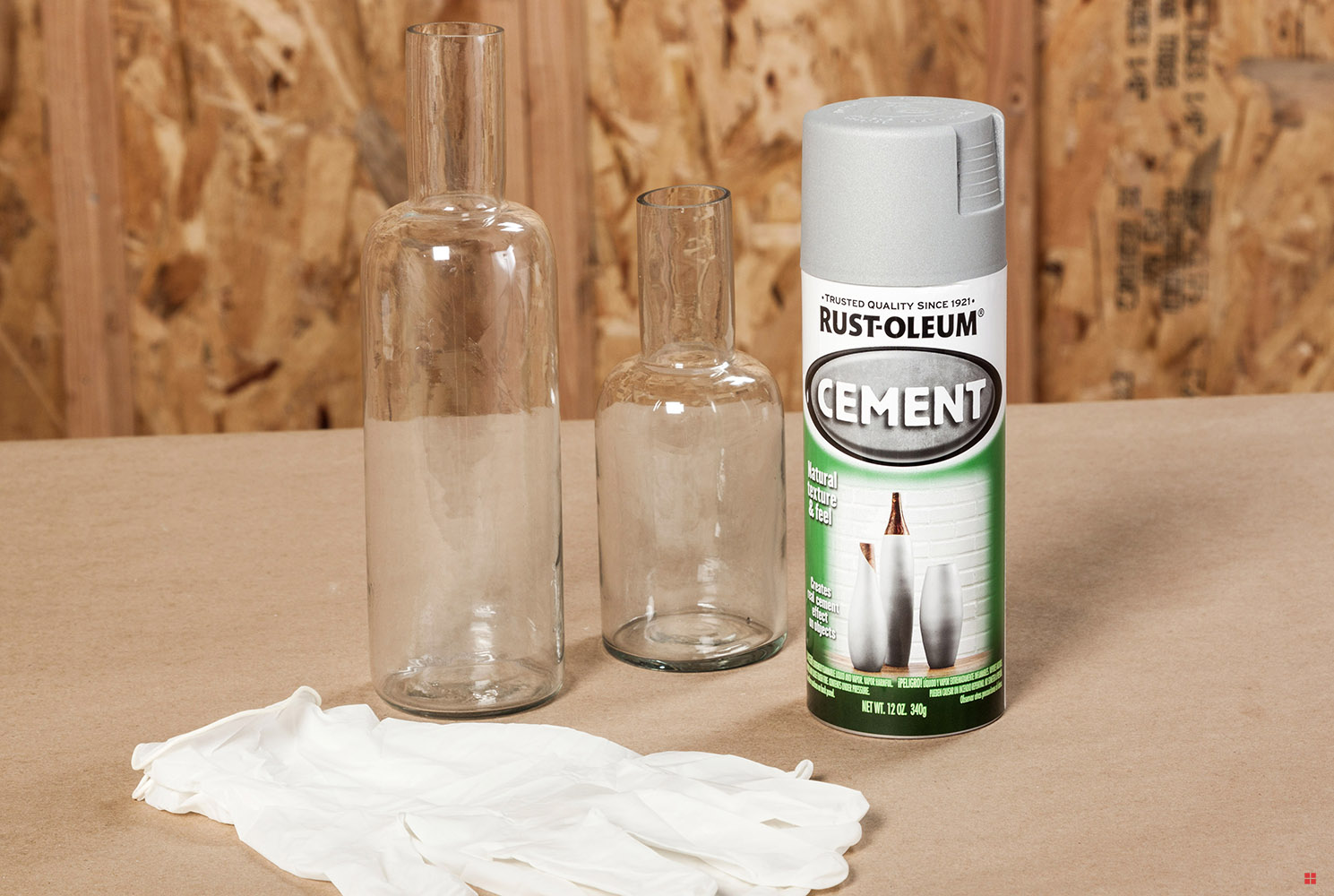

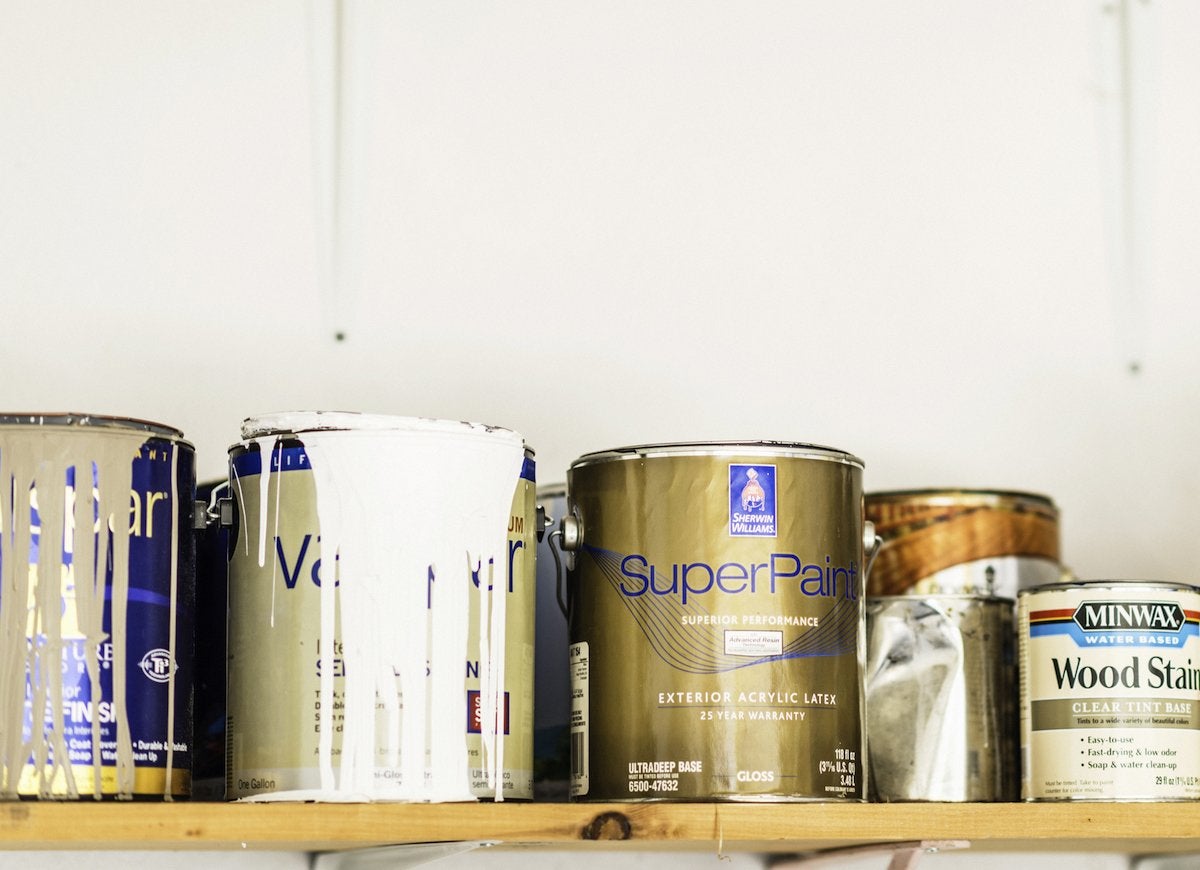


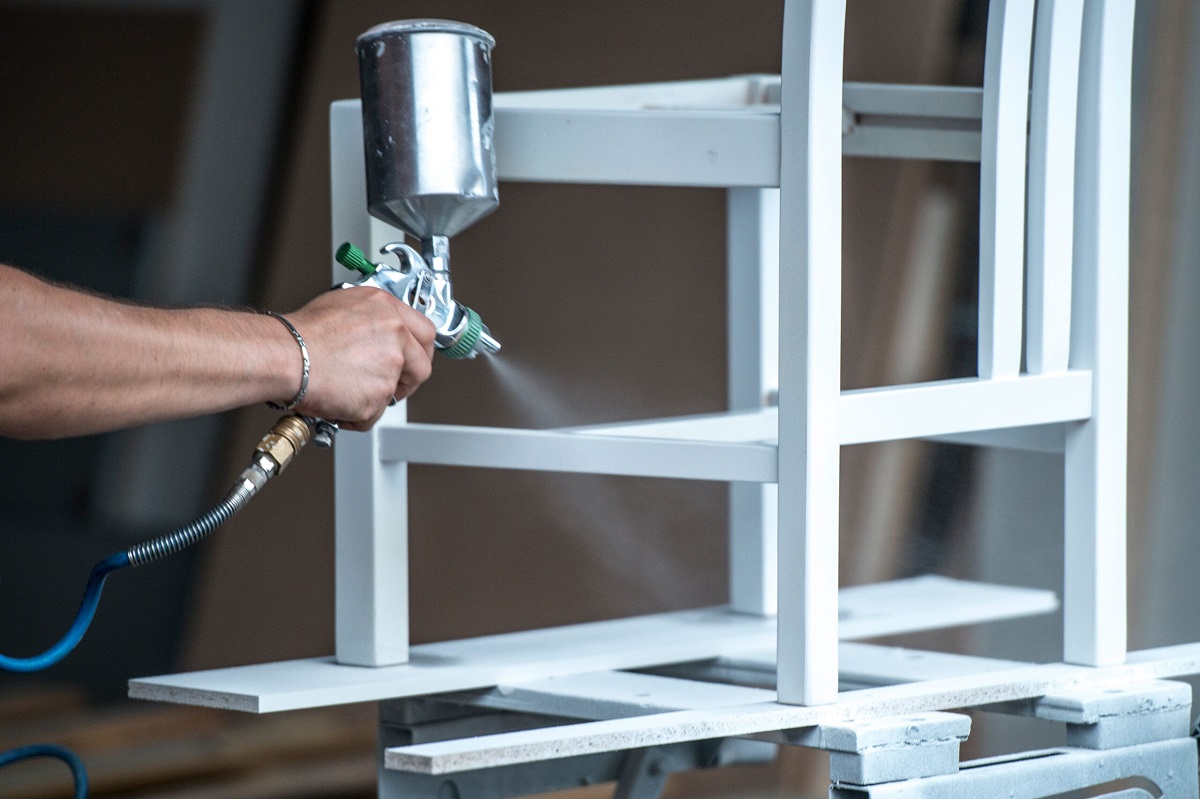
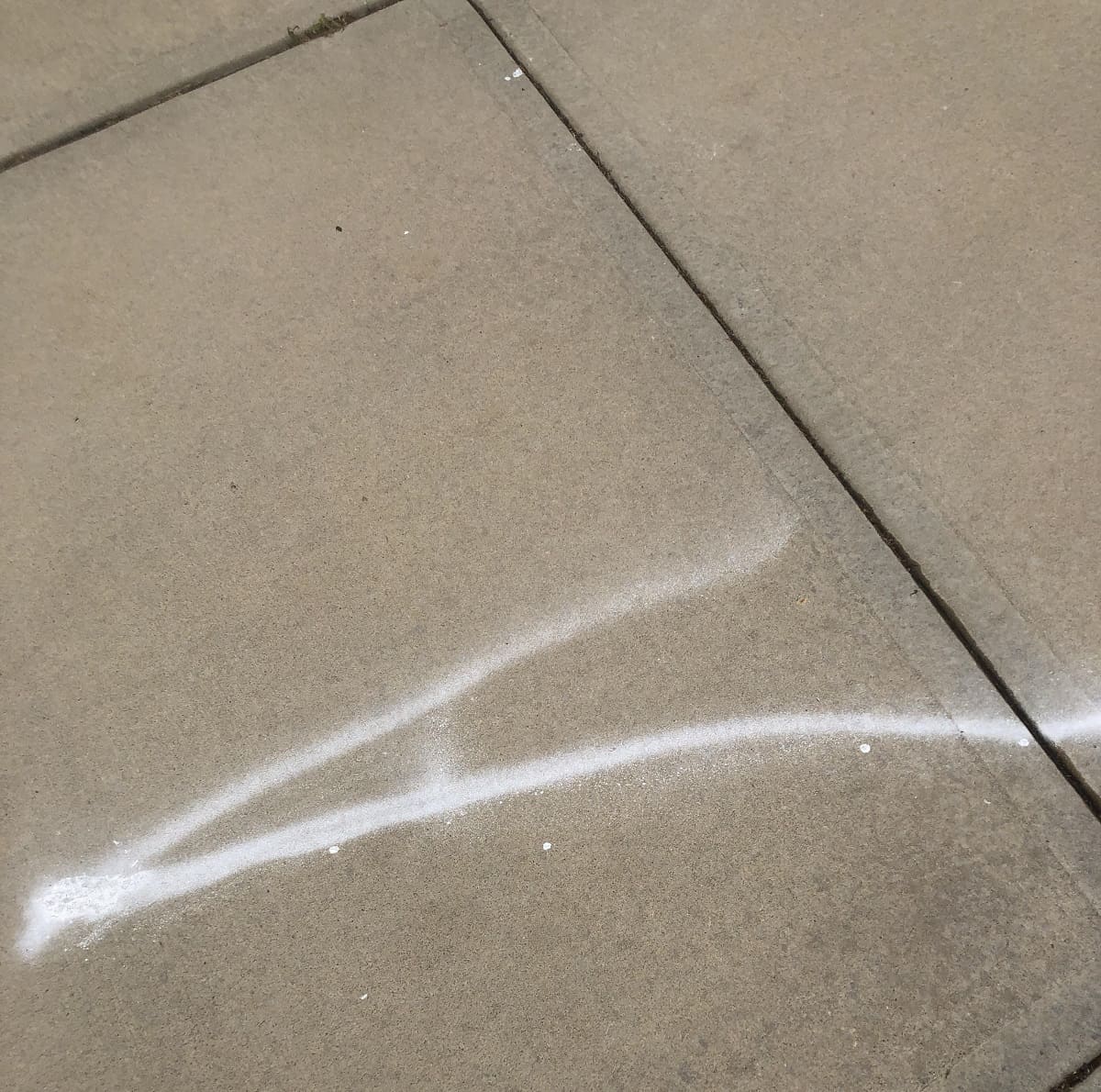
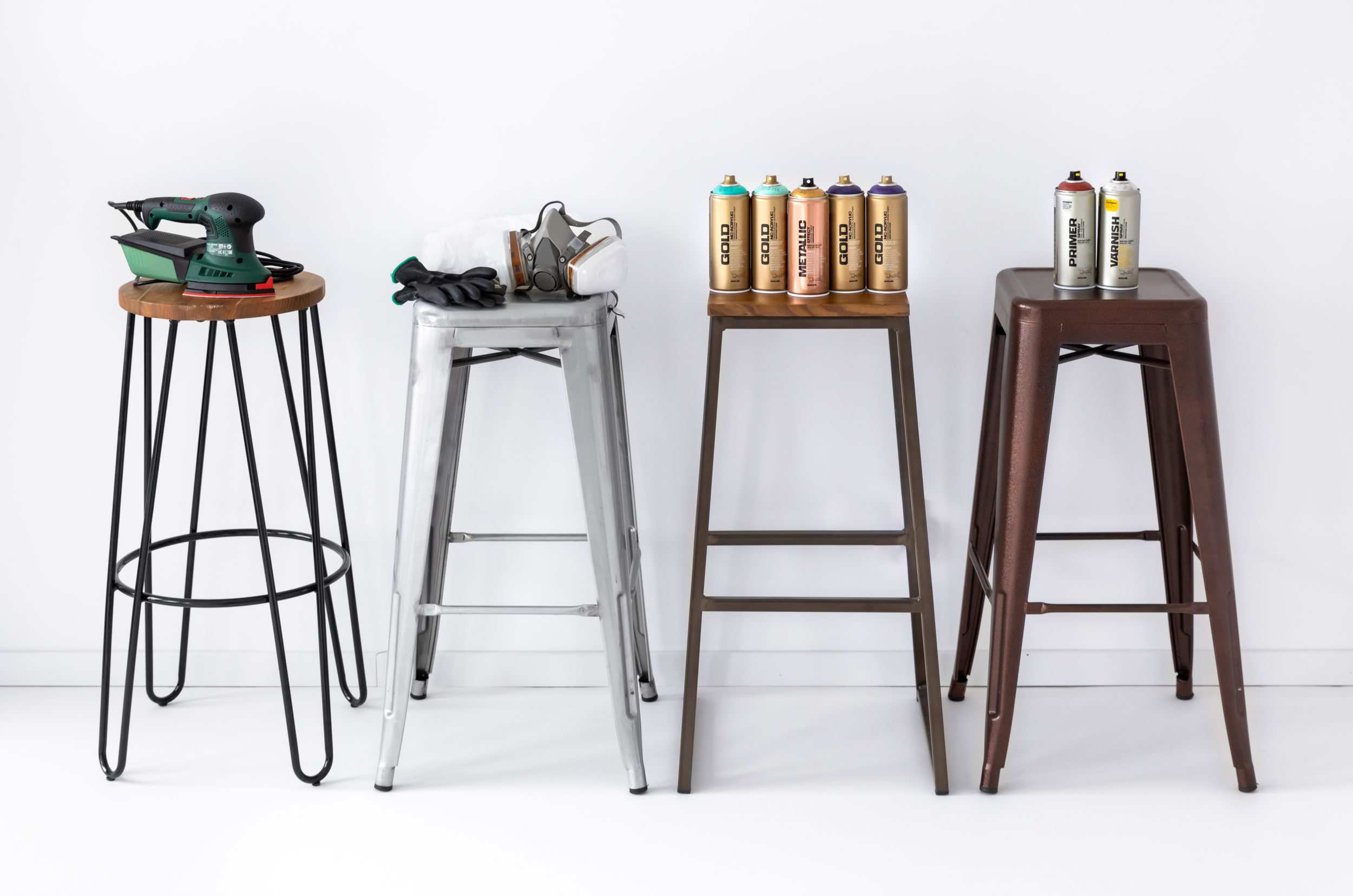
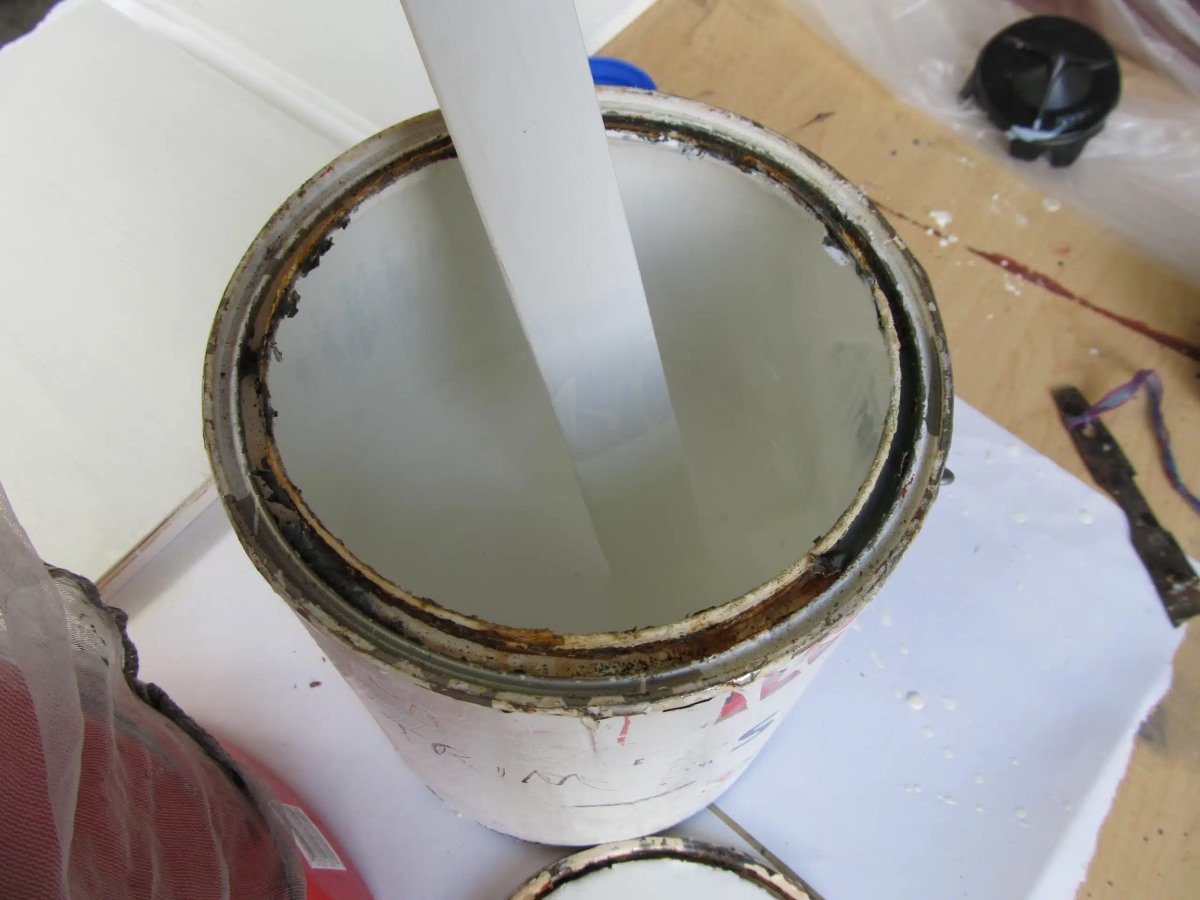


0 thoughts on “How To Store Spray Paint Cans”